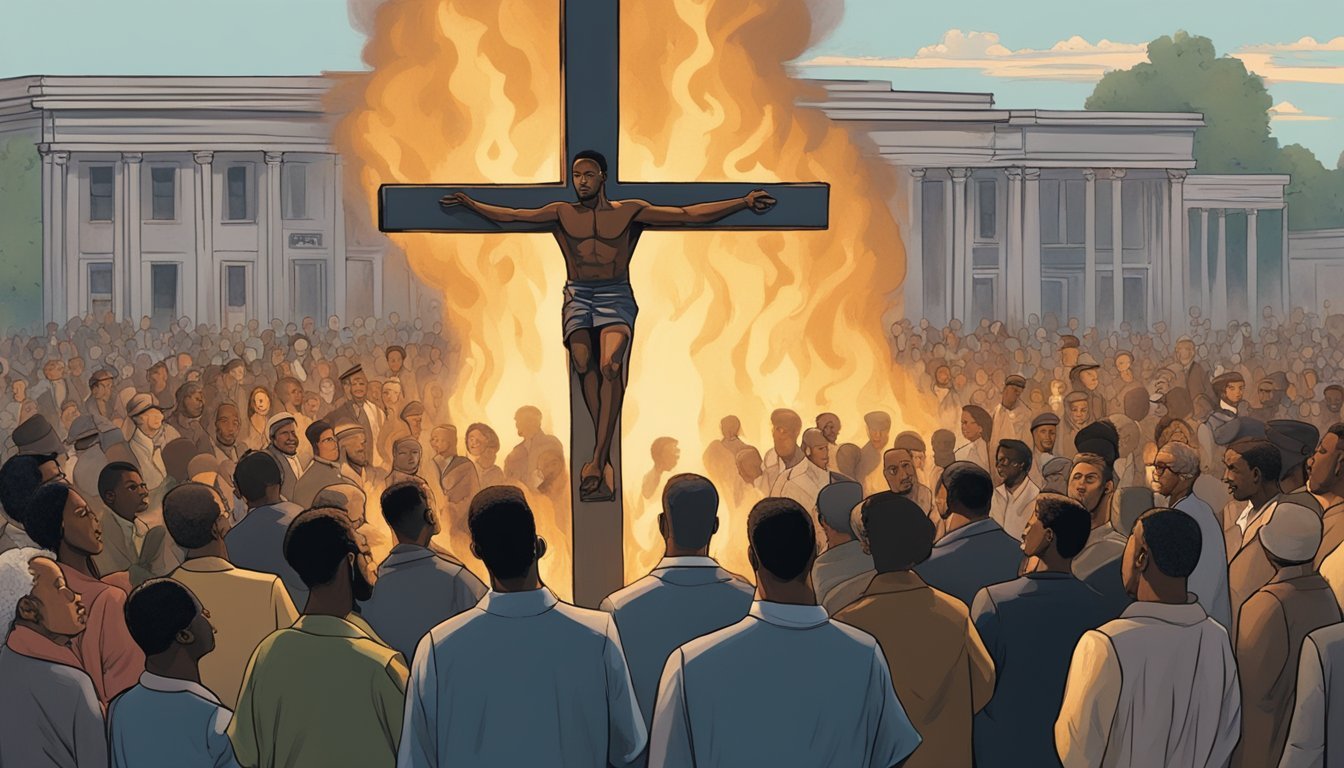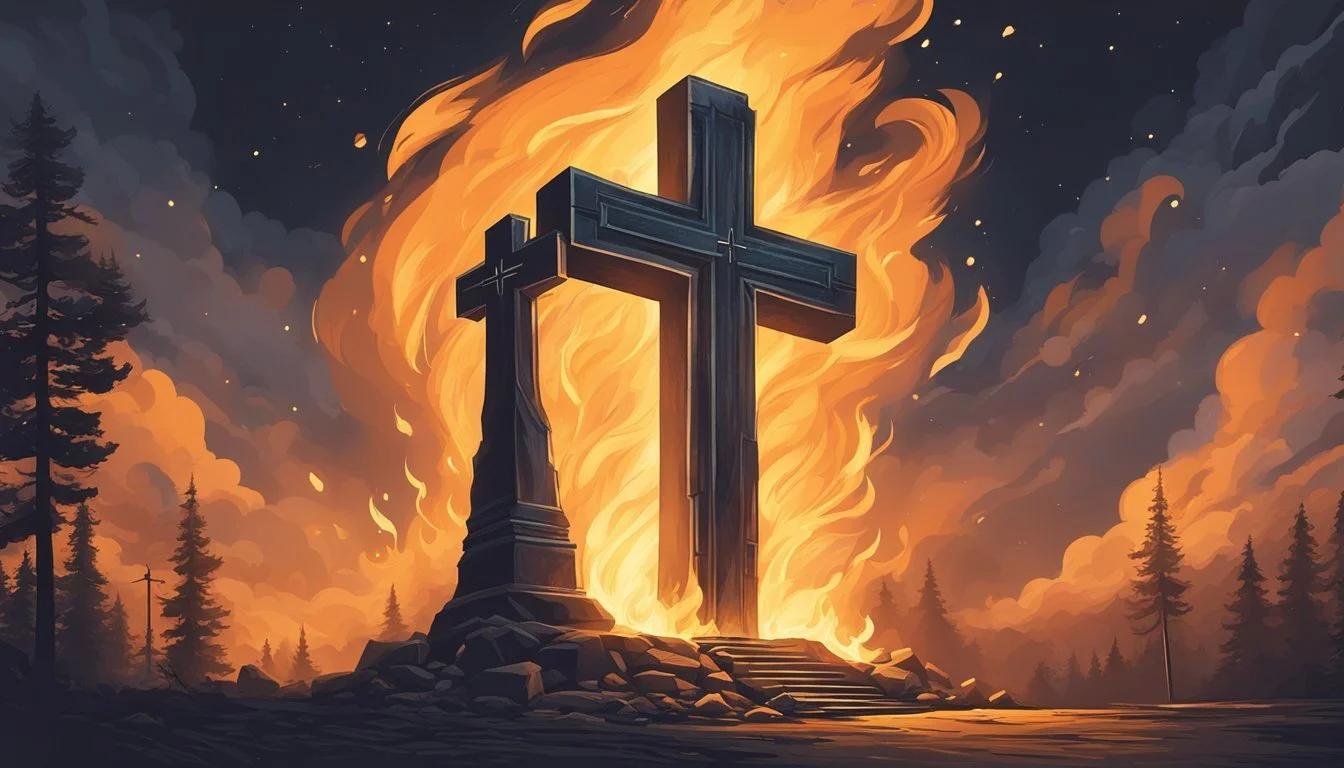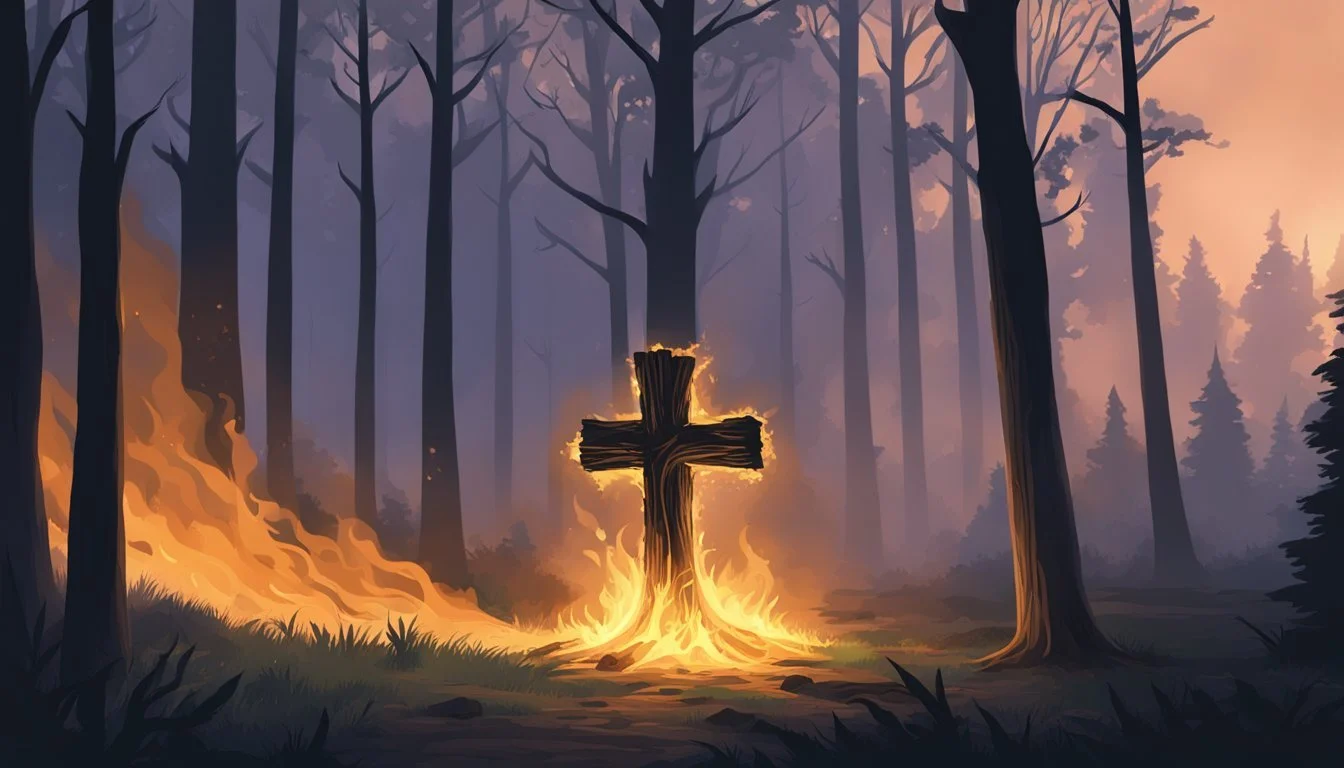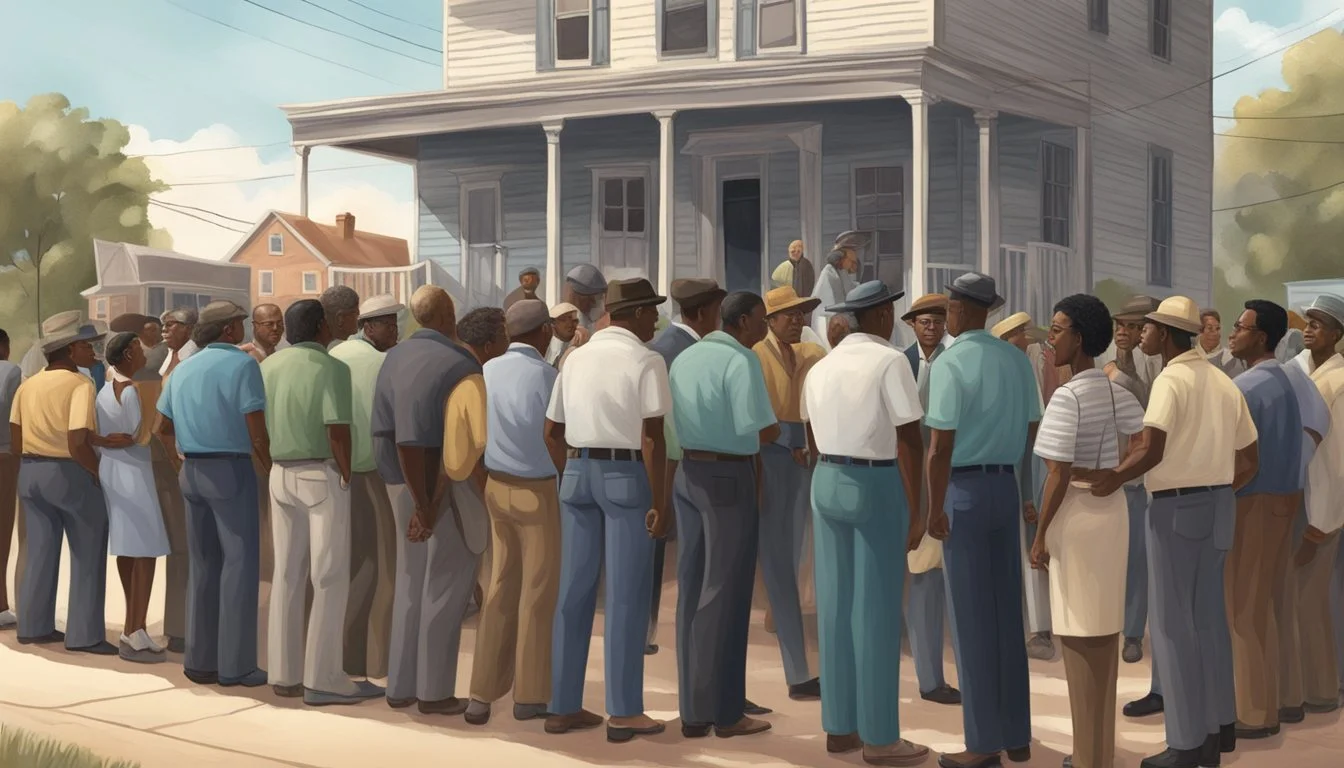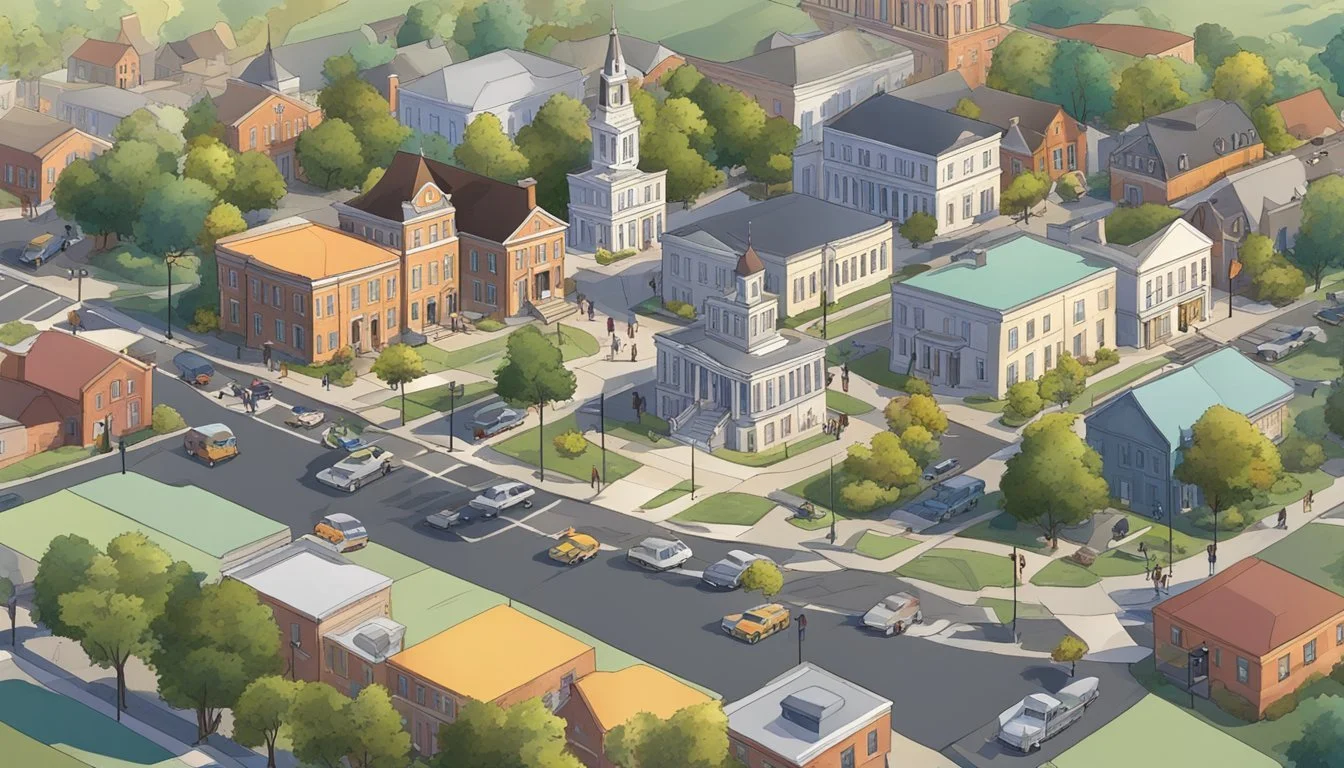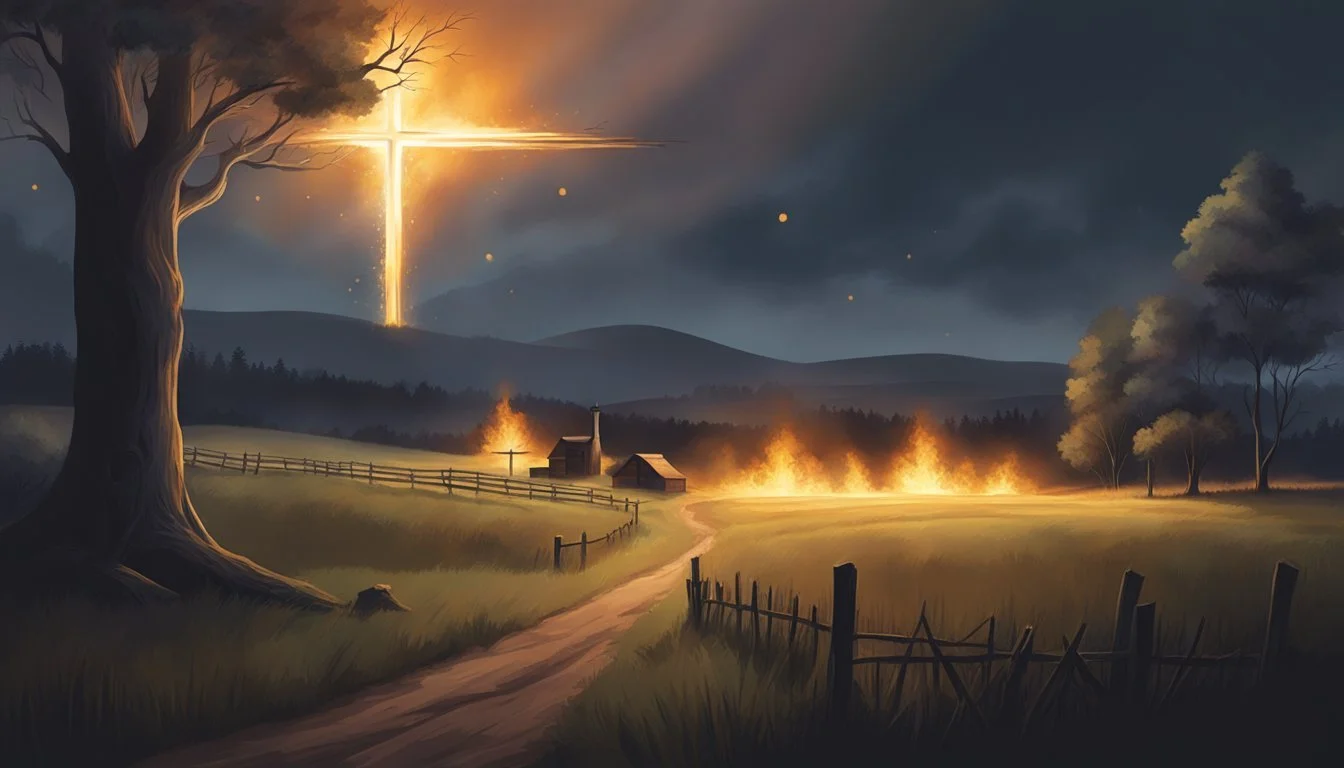Exposing Racism: The Actual Events Behind Mississippi Burning
A Closer Look at the 1964 Civil Rights Murders
In 1964, the brutal murders of three civil rights activists in Mississippi shocked the nation and exposed the violent racism permeating the Deep South. This tragedy became the basis for the 1988 film "Mississippi Burning," which dramatized the subsequent FBI investigation. While the movie brought attention to a dark chapter in American history, it also sparked controversy for its portrayal of events and characters.
The real-life case involved James Chaney, Andrew Goodman, and Michael Schwerner, who were killed by members of the Ku Klux Klan while working to register African American voters in Mississippi. Their disappearance and the discovery of their bodies weeks later galvanized the civil rights movement and led to increased federal intervention in the state. The film, however, took significant liberties with the facts, focusing primarily on two fictional FBI agents and downplaying the role of local African American activists.
Critics have pointed out that "Mississippi Burning" presents a simplified view of the complex racial dynamics at play during this tumultuous period. The movie's depiction of African Americans as passive victims rather than active participants in the struggle for equality has been particularly contentious. Despite these shortcomings, the film succeeded in bringing renewed attention to a pivotal moment in the fight against racial injustice in America.
Historical Context of 'Mississippi Burning'
The 1960s marked a tumultuous period in American history, particularly in the Deep South. Racial tensions, deeply ingrained segregation, and violent resistance to change created a volatile environment for civil rights activists.
Civil Rights Movement in America
The Civil Rights Movement gained significant momentum in the early 1960s. Activists organized sit-ins, freedom rides, and voter registration drives to challenge racial discrimination.
Key events included the 1963 March on Washington and Martin Luther King Jr.'s "I Have a Dream" speech. The movement faced fierce opposition, especially in Southern states.
The Civil Rights Act of 1964 outlawed discrimination based on race, color, religion, sex, or national origin. This landmark legislation aimed to dismantle legal segregation and ensure equal rights for all Americans.
Racism in Mississippi in the 1960s
Mississippi stood as a stronghold of segregation and racial oppression. The state maintained strict Jim Crow laws and had a history of violence against African Americans and civil rights workers.
Less than 7% of eligible Black voters were registered in Mississippi in 1964. White supremacist groups and local authorities often used intimidation and violence to suppress Black political participation.
The state's resistance to desegregation was particularly fierce. Many white Mississippians viewed civil rights activism as outside agitation threatening their way of life.
The Role of the Ku Klux Klan
The Ku Klux Klan exerted significant influence in Mississippi during the 1960s. This white supremacist organization used terror tactics to maintain racial segregation and oppose civil rights efforts.
Klan members carried out bombings, beatings, and murders targeting African Americans and civil rights activists. They often acted with impunity due to sympathetic local law enforcement and government officials.
The Klan's presence created an atmosphere of fear and intimidation. Their violent actions, including the murders that inspired "Mississippi Burning," highlighted the dangers faced by those challenging racial injustice in the South.
The True Story of the Freedom Summer Murders
The 1964 murders of three civil rights workers in Mississippi shocked the nation and galvanized the Civil Rights Movement. This tragic event exposed the violent racism still prevalent in parts of the South and led to increased federal intervention.
James Chaney, Andrew Goodman, and Michael Schwerner
James Chaney, a 21-year-old Black Mississippian, joined with Andrew Goodman and Michael Schwerner, two white activists from New York, to investigate the burning of a Black church near Philadelphia, Mississippi. On June 21, 1964, the three men were arrested by local law enforcement on a traffic violation.
After their release that evening, they disappeared. Their absence sparked immediate concern among civil rights organizers, who alerted federal authorities.
The case gained national attention, highlighting the dangers faced by civil rights workers in the Deep South.
Investigation and Federal Involvement
The FBI launched a massive search operation codenamed "MIBURN" (Mississippi Burning). President Lyndon B. Johnson ordered federal agents to Mississippi to assist in the investigation.
On August 4, 1964, the bodies of Chaney, Goodman, and Schwerner were discovered buried in an earthen dam. The autopsy revealed they had been shot at close range.
The investigation uncovered a conspiracy involving local law enforcement and Ku Klux Klan members. In 1967, seven men were convicted on federal civil rights charges, but none served more than six years in prison.
Public Reaction to the Murders
The murders outraged many Americans and drew international condemnation. Media coverage of the case helped build support for the Civil Rights Movement and the pending Civil Rights Act of 1964.
The incident exposed the violent resistance to racial equality in parts of the South. It also highlighted the need for federal intervention to protect civil rights workers and enforce desegregation laws.
The case remained a symbol of racial injustice for decades. In 2005, the state of Mississippi successfully prosecuted Edgar Ray Killen, the Klan leader who planned the killings, on three counts of manslaughter.
Cinematic Representation in 'Mississippi Burning'
'Mississippi Burning' portrays a fictionalized account of the 1964 murder investigation of three civil rights workers. The film's narrative diverges significantly from historical events, sparking debates about artistic license versus factual accuracy in depicting such a sensitive period of American history.
Comparing Historical Facts to the Film's Narrative
The movie depicts FBI agents as protagonists, with Gene Hackman and Willem Dafoe playing lead roles. This portrayal contrasts sharply with historical records. In reality, local Black activists were at the forefront of the civil rights movement, facing considerable danger. The film downplays their involvement, instead focusing on white FBI agents as heroes.
The real investigation lasted months, not weeks as shown in the film. 'Mississippi Burning' also exaggerates the FBI's commitment to solving the case. Historically, the bureau's involvement was initially reluctant and came after significant pressure from civil rights groups.
Film Production and Directorial Choices
Director Alan Parker made deliberate choices to heighten dramatic tension. He employed the conventions of cop action dramas, a genre familiar to mainstream audiences. This approach sacrificed historical accuracy for cinematic appeal.
Parker's decision to focus on white FBI agents rather than Black activists was controversial. He argued it would make the film more accessible to a wider audience. Critics countered that this choice perpetuated the erasure of Black voices from their own history.
The film's vivid depiction of Southern racism, including graphic violence, aimed to shock viewers. While effective in portraying the brutality of the era, some argued it sensationalized events.
Critical Reception and Controversies
'Mississippi Burning' received both acclaim and criticism upon its release. It earned seven Academy Award nominations, including Best Picture. Many praised its powerful portrayal of racism and violence in the 1960s South.
However, historians and civil rights activists strongly criticized the film's historical inaccuracies. They argued it misrepresented the role of the FBI and marginalized the contributions of Black activists. Some accused the film of perpetuating a "white savior" narrative.
The American Historical Association raised concerns about the film's impact on public understanding of the civil rights movement. They feared it could overshadow the real historical events and the crucial role played by Black communities in fighting for their rights.
Implications and Consequences of Racism
The events surrounding "Mississippi Burning" exposed deep-rooted racism in American society, leading to significant changes in legislation, social dynamics, and ongoing efforts to combat discrimination.
Legislation and Policy Changes
The Civil Rights Act of 1964 was a landmark piece of legislation that emerged in response to racial injustices. It prohibited discrimination based on race, color, religion, sex, or national origin. The Voting Rights Act of 1965 followed, addressing racial discrimination in voting practices.
These laws aimed to dismantle Jim Crow segregation and ensure equal rights for all Americans. They outlawed discriminatory practices in employment, education, and public accommodations. The federal government gained new powers to enforce civil rights legislation.
States were required to obtain federal approval before changing voting laws. This provision helped prevent discriminatory voting practices in areas with a history of disenfranchisement.
Social Impact on American Society
The civil rights movement and the exposure of racial violence sparked a shift in public consciousness. Many Americans became more aware of systemic racism and its devastating effects on Black communities.
Desegregation efforts in schools, workplaces, and public spaces gradually increased. Interracial interactions became more common, challenging long-held prejudices and stereotypes.
The media played a crucial role in shaping public opinion. Television coverage of civil rights protests and racial violence brought these issues into American homes, fostering empathy and support for the movement.
Black Americans gained more representation in politics, education, and the arts. This visibility helped challenge stereotypes and promote cultural understanding.
Continuing Struggles Against Racism
Despite progress, racism remains a persistent issue in American society. Racial disparities continue in areas such as:
Education
Employment
Healthcare
Criminal justice
The Black Lives Matter movement, founded in 2013, highlights ongoing police brutality and systemic racism. It has reignited conversations about racial inequality and justice.
Implicit bias and microaggressions continue to affect minorities in daily life. These subtle forms of discrimination can have cumulative negative impacts.
Efforts to address racism now include diversity training, inclusive education curricula, and policies aimed at reducing racial disparities. However, progress is often met with resistance, underscoring the ongoing nature of this struggle.
Cultural and Educational Significance
"Mississippi Burning" has profoundly impacted historical education and cultural discourse surrounding civil rights. The film sparked discussions about racial injustice and brought attention to a dark chapter in American history.
Inclusion in Historical Education
"Mississippi Burning" has been incorporated into many school curricula as a tool for teaching about the civil rights movement. Teachers use the film to illustrate the violence and discrimination faced by African Americans in the 1960s South. It provides a starting point for discussions on racial prejudice, law enforcement, and social change.
The movie's dramatization of real events helps students connect emotionally with the subject matter. However, educators often pair the film with primary sources and historical texts to provide a more complete picture.
Some critics argue that the film's focus on white FBI agents as heroes overshadows the contributions of African American activists. This has led to valuable classroom debates about representation in historical narratives.
The Film's Role in Cultural Discourse
"Mississippi Burning" reignited public interest in civil rights history upon its release in 1988. It brought the events of 1964 Mississippi back into the national spotlight, sparking conversations about ongoing racial issues.
The movie's depiction of racist violence shocked many viewers, especially those unfamiliar with the brutality of the era. This shock value helped raise awareness about the realities of the civil rights struggle.
Critics and scholars have debated the film's accuracy and perspective. These discussions have contributed to a broader examination of how media portrays historical events and shapes public understanding.
The film's lasting impact is evident in its continued relevance to conversations about racial justice and law enforcement. It remains a cultural touchstone, often referenced in discussions about progress and ongoing challenges in race relations.
Reflections on Modern-Day Racism
Racism remains a pressing issue in contemporary society, despite progress made since the 1960s. Subtle forms of discrimination persist in various institutions and social interactions.
Racial disparities continue in areas like education, employment, housing, and criminal justice. These systemic inequalities often go unnoticed or unaddressed by those not directly affected.
Social media and technology have brought increased awareness to racist incidents. Videos of police brutality and discriminatory behavior regularly spark public outrage and calls for reform.
Microaggressions, or subtle everyday slights based on race, have gained recognition as a form of modern racism. These can include assumptions, comments, or behaviors that reinforce racial stereotypes.
Implicit bias training has become more common in workplaces and organizations. This aims to address unconscious prejudices that people may hold without realizing it.
The concept of intersectionality highlights how racism intersects with other forms of discrimination. Individuals may face compounded disadvantages based on their race, gender, class, and other identities.
Efforts to combat modern racism focus on education, policy changes, and promoting diversity and inclusion. Many argue that acknowledging and understanding systemic racism is crucial for meaningful progress.
Legacy of the Events Depicted in 'Mississippi Burning'
The 1964 murders of civil rights workers in Mississippi left an indelible mark on American history. These events sparked national outrage and accelerated the push for racial equality.
The Civil Rights Act of 1964 and the Voting Rights Act of 1965 were passed in the aftermath. These landmark laws dismantled legal segregation and protected voting rights for African Americans.
The case highlighted the ongoing struggle against racism and violence in the South. It exposed the depths of racial hatred and the complicity of some local law enforcement.
Media coverage of the murders raised awareness about civil rights issues nationwide. It galvanized support for the movement among many white Americans previously unaware of conditions in the South.
The events inspired continued activism and organizing efforts. Civil rights groups redoubled their voter registration and community empowerment initiatives in Mississippi and beyond.
Educational programs now teach about this history to new generations. Museums and memorials help preserve the legacy of those who fought for justice during this turbulent era.
While progress has been made, the struggle for full equality continues. The events depicted in 'Mississippi Burning' remain a potent reminder of past injustices and the ongoing need for vigilance against racism.


